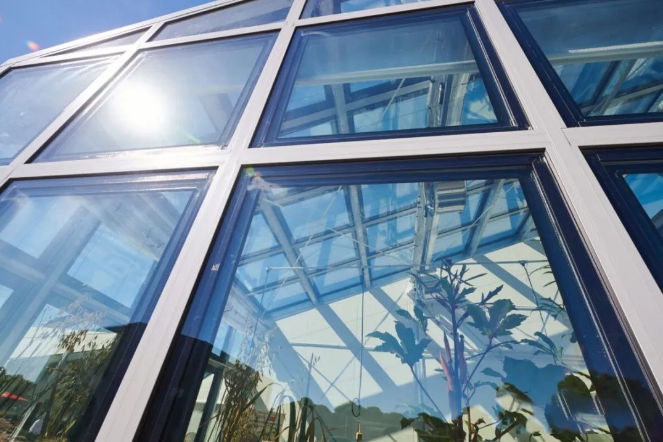
- English
- Español
- Português
- русский
- Français
- 日本語
- Deutsch
- tiếng Việt
- Italiano
- Nederlands
- ภาษาไทย
- Polski
- 한국어
- Svenska
- magyar
- Malay
- বাংলা ভাষার
- Dansk
- Suomi
- हिन्दी
- Pilipino
- Türkçe
- Gaeilge
- العربية
- Indonesia
- Norsk
- تمل
- český
- ελληνικά
- український
- Javanese
- فارسی
- தமிழ்
- తెలుగు
- नेपाली
- Burmese
- български
- ລາວ
- Latine
- Қазақша
- Euskal
- Azərbaycan
- Slovenský jazyk
- Македонски
- Lietuvos
- Eesti Keel
- Română
- Slovenski
- मराठी
- Srpski језик
Indian scientists have developed a new model for predicting pollution losses in double-sided solar modules
Researchers from the Indian Institute of Engineering Science and Technology (IIEST Shibpur) have developed a novel physics based model for estimating dust accumulation on the front and rear surfaces of double-sided modules. "This model is also applicable to both rooftop factories and commercial factories," researcher Saheli Sengupta said. "In India, there is not yet a larger double-sided module factory, so we cannot validate the model on larger devices. However, this is our research plan aimed at conducting the same research on large factories from India and abroad."

Model Principles
The proposed model considers some input parameters, such as particulate matter (PM) concentration, panel tilt, solar incidence angle, solar radiation, albedo, and photovoltaic module specifications. It also considers weather parameters such as wind direction, wind speed, and ambient temperature.
This model calculates the dust accumulation on the front surface of photovoltaic modules by considering sedimentation, rebound, and resuspension phenomena. Sedimentation refers to dust falling on the ground, rebound refers to particles bouncing back into the air, and resuspension refers to settling particles lifted by mechanisms such as wind and air turbulence.
Then, the model calculates the dust accumulation on the surface while considering sedimentation, rebound, and resuspension phenomena. Considered different types of particle deposition on the back, including particles moving with the airflow and particles lifted from the surface. Afterwards, the model calculates the transmittance and evaluates the material's ability to allow light to pass through based on previous results. The model determines the power generation of photovoltaic power plants by summing up beam radiation, diffuse radiation, and ground reflected radiation.
Observation results
The researchers said, "According to observations, the surface density of dust on the back of the glass substrate is 0.08g/m2 at 34 days, 0.6g/m2 at 79 days, and 1.8g/m2 at 2126 days, which deviate from model-based calculations by 10%, 33.33%, and 4.4%, respectively." The surface density of dust accumulated on the back surface of the glass substrate is about 1/6 of that on the front glass surface, which is also validated by the model. "In addition, scientists found that, The error between the observed DC power generation and the calculated DC power generation is 5.6% on the back and 9.6% on the front.
"It is necessary to validate this model in high-capacity double-sided factories at different locations," scholars concluded.
